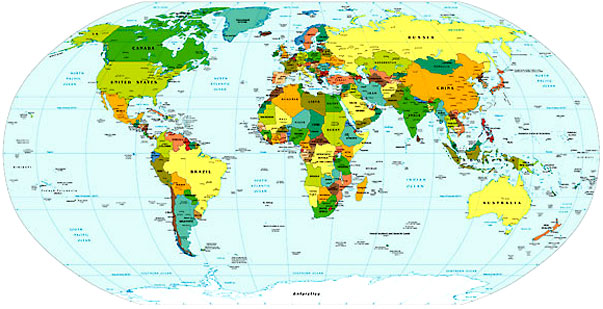.svg.png) The Philippines consists of over seven thousand islands. I’m always amazed when I read things like that. And, yes, today is Independence Day in the Republic of the Philippines, which has been peopled for about 50,000 years, and, during the age of discovery, was colonised first by the Spanish in the 16th century before becoming a US territory at the outset of the 20th century. The Philippines gained its independence from the United States on the 4th of July in 1946; before that, the declaration of independence was made on 12 June.
The Philippines consists of over seven thousand islands. I’m always amazed when I read things like that. And, yes, today is Independence Day in the Republic of the Philippines, which has been peopled for about 50,000 years, and, during the age of discovery, was colonised first by the Spanish in the 16th century before becoming a US territory at the outset of the 20th century. The Philippines gained its independence from the United States on the 4th of July in 1946; before that, the declaration of independence was made on 12 June. The Philippines, when I think of it, is a mixed culture—with Asian roots, and Spanish and American influences. In fact, Spanish was the official language there until 1973, when both English and Filipino took over. Oh, and it was the Portuguese Ferdinand Magellan, in the service of Spain, who starting the infiltration of European influence. This was continued when Miguel Lópex de Legazpi, coming from Mexico, formed the first settlements. Before that, the Philippines had had ties with Malaysia, Indonesia and India for centuries, and traded with China and Japan from around the 9th century.
Having friends growing up in the Philippines, or Filipino families, I was always struck by their stories of devout Catholicism—that for Good Friday, for instance, it is not unusual to stage a real crucifixion.
The movement towards independence started in the 1930s, but was interrupted by World War II. Following the defeat of the Japanese and end of the war, the Philippines was granted independence in 1946.
 Since independence, it hasn’t all gone smoothly. There have been rebel groups and martial law, assassination and what are believed to have been fraudulent elections. The current president, Gloria Macapagal-Arroyo has found her administrations. The Philippines, too, is one of the outposts for processing and assembly of cheap good—Naomi Klein has written about factory conditions in the country.
Since independence, it hasn’t all gone smoothly. There have been rebel groups and martial law, assassination and what are believed to have been fraudulent elections. The current president, Gloria Macapagal-Arroyo has found her administrations. The Philippines, too, is one of the outposts for processing and assembly of cheap good—Naomi Klein has written about factory conditions in the country.And, who can forget Imelda Marcos? When she left the Malacañang Palance after the People Power Revolution in EDSA, it was found that she owned 15 mink coats, 508 gowns, 888 handbags and 1060 pairs of shoes. I can only wonder how Carrie Bradshaw would feel about the whole thing…
Today’s poem is from Language for a New Century, and is by the poet Cesar Ruiz Aquino.
She Comes with Horns and Tail
She comes with horns and tail
And yet no nightmare
Made of air
With such a gift
She carries heaven when she walks.
On all fours, she is
The metamorphosis.
Hair done or undone
True to the touch
And true only to her looks
Till she comes with horns (not the moon)
And tail (not the comet)
Someone no woman has met
In the mirror.
—Cesar Ruiz Aquino
from Language for a New Century.


No comments:
Post a Comment